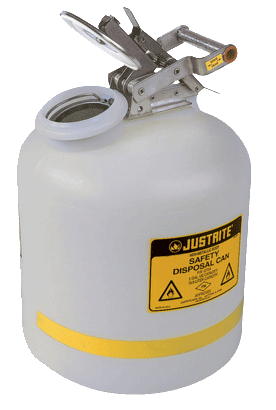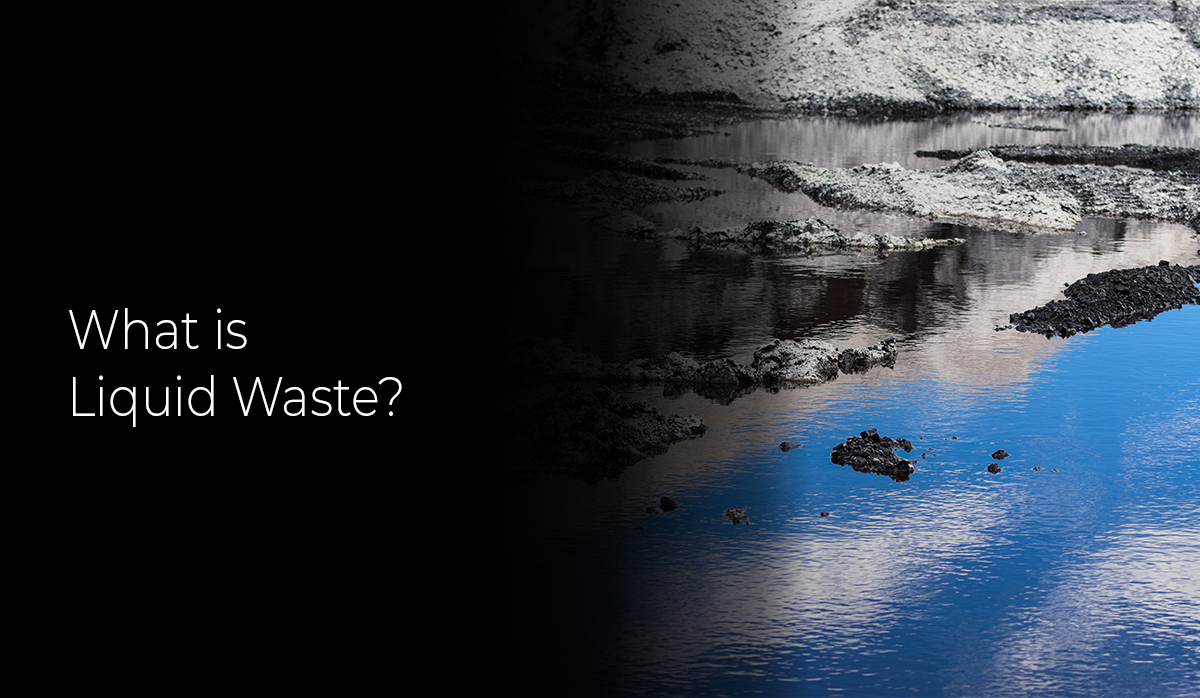Top Liquid Waste Disposal Melbourne: Trusted Services for Proper Waste Management
Top Liquid Waste Disposal Melbourne: Trusted Services for Proper Waste Management
Blog Article
Just How Liquid Waste Disposal Works: A Comprehensive Overview of Strategies and Technologies Used

Review of Liquid Waste Types
The intricacy of fluid waste kinds demands a comprehensive understanding of their qualities and ramifications for disposal. Liquid waste can broadly be categorized into several types, including industrial, municipal, farming, and hazardous waste. Each category exhibits distinctive residential or commercial properties, requiring specific management strategies to mitigate ecological and wellness threats.
Industrial fluid waste stems from making procedures and frequently includes a range of contaminants, such as heavy metals, solvents, and natural substances. Local liquid waste, mainly making up wastewater from families and commercial establishments, contains raw material, nutrients, and virus (industrial wastewater treatment). Agricultural fluid waste, including runoff from ranches, might contain fertilizers, chemicals, and pet waste, positioning risks to water top quality and environments
Dangerous fluid waste is defined by its toxicity, sensitivity, or potential to create damage. This group includes materials like acids, bases, and specific chemicals that demand rigid handling and disposal protocols. Comprehending these diverse fluid waste kinds is vital for developing reliable disposal methods and making certain compliance with ecological regulations. Appropriate category and characterization are necessary for implementing proper therapy techniques and decreasing the unfavorable effect on public health and the atmosphere.
Physical Treatment Approaches

Screening is the initial action, where bigger bits and debris are gotten rid of from the fluid waste utilizing screens or grates. In sedimentation tanks, larger fragments clear up at the bottom, forming a sludge layer, while the made clear fluid can be additional treated.
Filtration is another vital method that entails passing the fluid through porous products, such as sand or membrane layers, to capture smaller sized bits. This step boosts the high quality of the liquid, making it suitable for succeeding treatment processes.

Chemical Treatment Strategies
Chemical treatment strategies are necessary for efficiently managing fluid waste, especially in resolving liquified and colloidal contaminants that physical methods might not sufficiently get rid of. These strategies make use of different chemical agents to counteract, precipitate, or change hazardous materials right into less damaging forms.
One typical approach is coagulation and flocculation, where chemicals such as alum or ferric chloride are added to advertise the gathering of suspended bits. This procedure enhances sedimentation, enabling less complicated removal of the resulting sludge. Furthermore, oxidation procedures, using agents like chlorine or ozone, are utilized to damage down intricate natural compounds and microorganisms, providing the waste more secure for discharge or further treatment.
Neutralization is one more essential technique, which changes the pH of acidic or alkaline waste streams to neutral levels, protecting against potential harm to downstream systems and the environment. Additionally, progressed oxidation procedures (AOPs) make use of mixes of oxidants and ultraviolet light to degrade persistent pollutants, achieving a higher level of treatment effectiveness.
Biological Treatment Processes
Biological treatment processes play a critical duty in the monitoring of fluid waste by utilizing microorganisms to decay raw material and lower impurity degrees. These procedures can be generally classified right into cardio and anaerobic therapies, each using specific microbial areas to attain reliable waste destruction.
Cardio therapy involves the use of oxygen to help with the break down of natural products by microorganisms. This procedure is generally implemented in turned on sludge systems, where oygenation tanks provide a conducive setting for microbial growth, resulting in the oxidation of natural contaminants. The resultant biomass can be separated from treated effluent through sedimentation.
On the other hand, anaerobic therapy happens in the lack of oxygen, relying upon different bacteria to damage down organic issue. This approach is especially beneficial for high-strength waste, as it creates biogas, a sustainable energy resource, while decreasing sludge production. Technologies such as anaerobic digesters are often employed in metropolitan and industrial applications.
Both aerobic and anaerobic biological therapies not only decrease the environmental impact of liquid waste yet likewise facilitate source recovery, making them essential elements of sustainable waste administration strategies. Their efficiency, flexibility, and efficiency sustain their widespread application throughout various fields.
Emerging Technologies in Disposal
Ingenious strategies to liquid garbage disposal are swiftly developing, driven by innovations in technology and an enhancing focus on sustainability. Amongst these emerging innovations, membrane layer bioreactors (MBRs) have acquired traction for their capability to incorporate biological treatment with membrane filtering, leading to top quality effluent that can be recycled in numerous applications. MBRs make it possible for smaller footprints and much more effective procedures contrasted to traditional Home Page systems.
Another appealing growth is using anaerobic digestion combined with nutrient recovery innovations, which not only deals with fluid waste but additionally creates biogas and recovers useful nutrients like nitrogen and phosphorus. This twin advantage enhances resource performance and minimizes ecological impact.
In addition, advanced oxidation processes (AOPs) are being taken on for the degradation of intricate natural contaminants. These techniques utilize powerful oxidants and stimulants to break down impurities at the molecular level, using a very effective option for tough waste streams.
Furthermore, the assimilation image source of artificial intelligence and device discovering in waste monitoring systems is maximizing functional effectiveness and predictive upkeep, causing minimized costs and boosted ecological compliance. Read More Here These modern technologies mirror a considerable shift in the direction of more lasting and efficient liquid garbage disposal methods.
Conclusion
To conclude, efficient liquid garbage disposal necessitates a comprehensive understanding of numerous strategies and technologies. The assimilation of physical, chemical, and biological therapy techniques guarantees the reliable administration of varied waste types. In addition, the appearance of ingenious modern technologies improves therapy effectiveness and advertises sustainability in waste monitoring practices. By continually advancing these methods, it becomes feasible to deal with the growing difficulties connected with fluid waste, eventually contributing to environmental management and resource healing.
Fluid waste disposal is an important element of environmental administration, requiring a thorough understanding of different strategies and modern technologies tailored to various waste types. Fluid waste can generally be classified into several types, consisting of industrial, municipal, farming, and harmful waste. Agricultural liquid waste, consisting of overflow from ranches, may contain plant foods, chemicals, and pet waste, posing risks to water quality and ecological communities.
Numerous physical treatment approaches play an essential function in managing liquid waste properly - industrial wastewater treatment.In final thought, reliable fluid waste disposal necessitates a thorough understanding of numerous strategies and innovations
Report this page